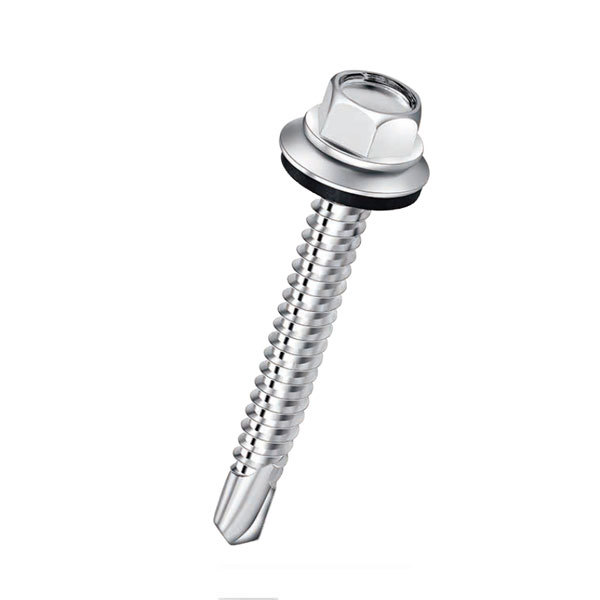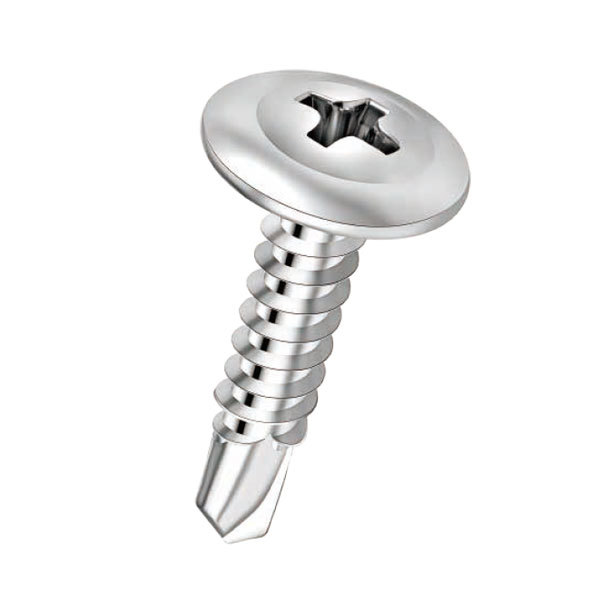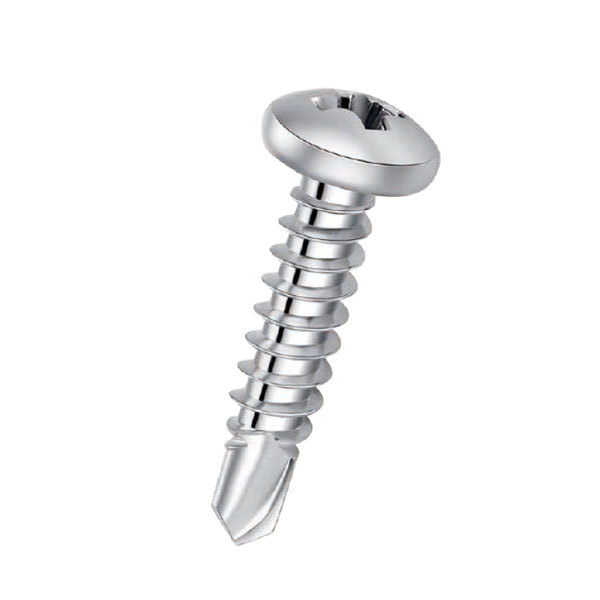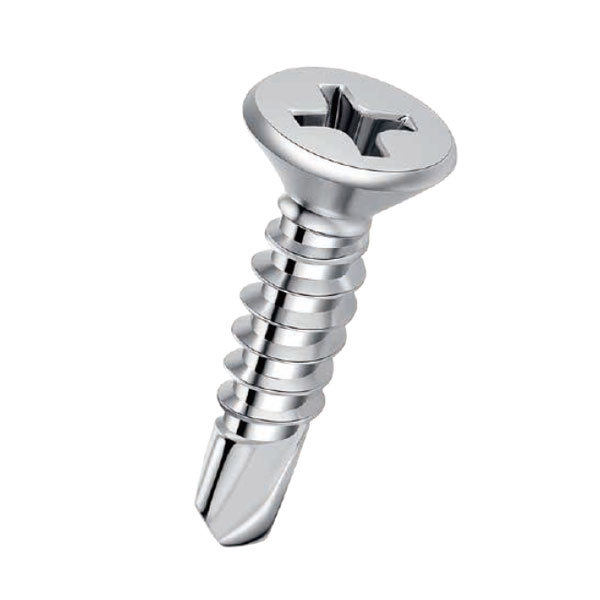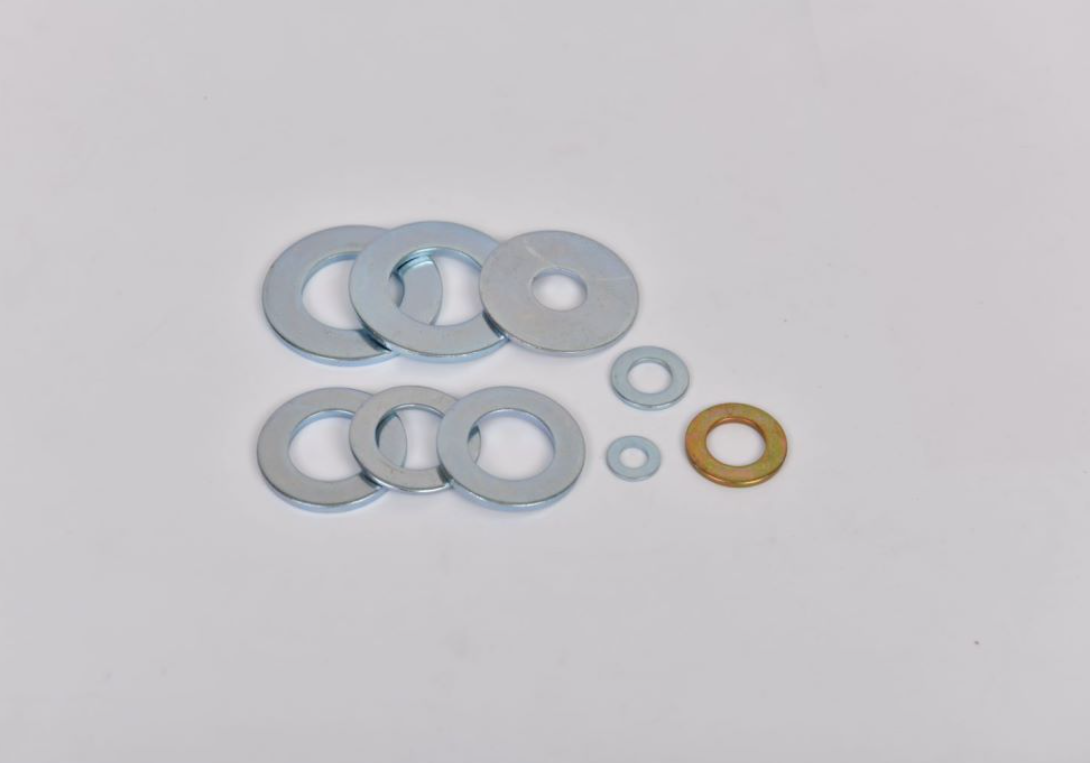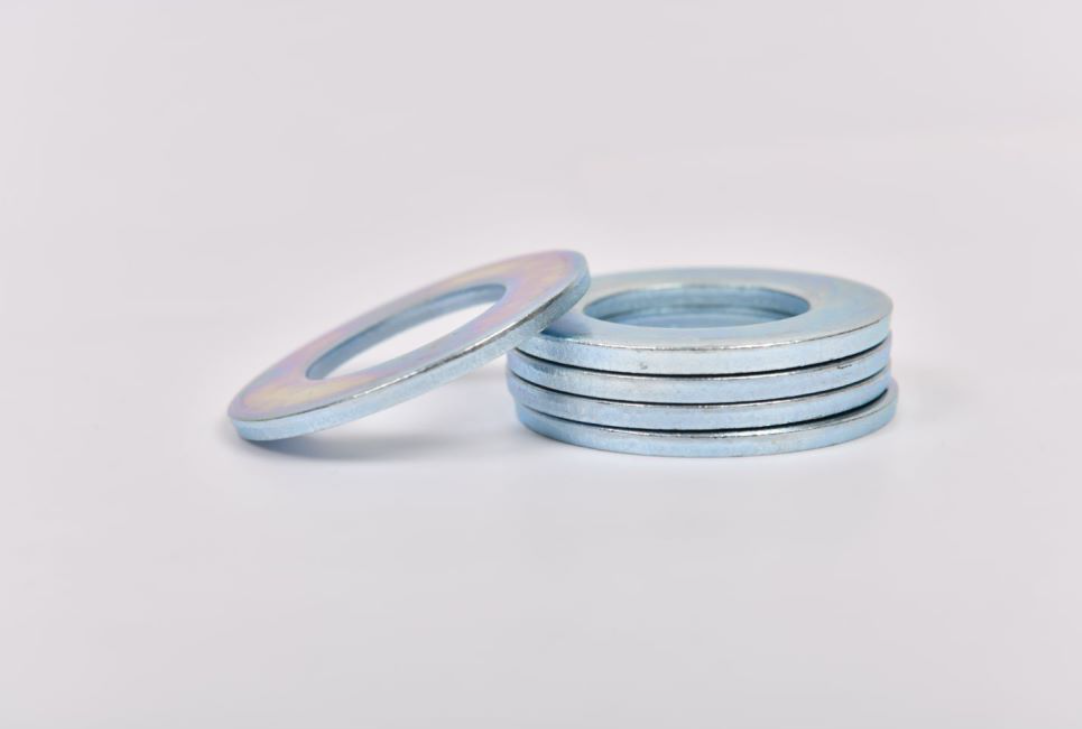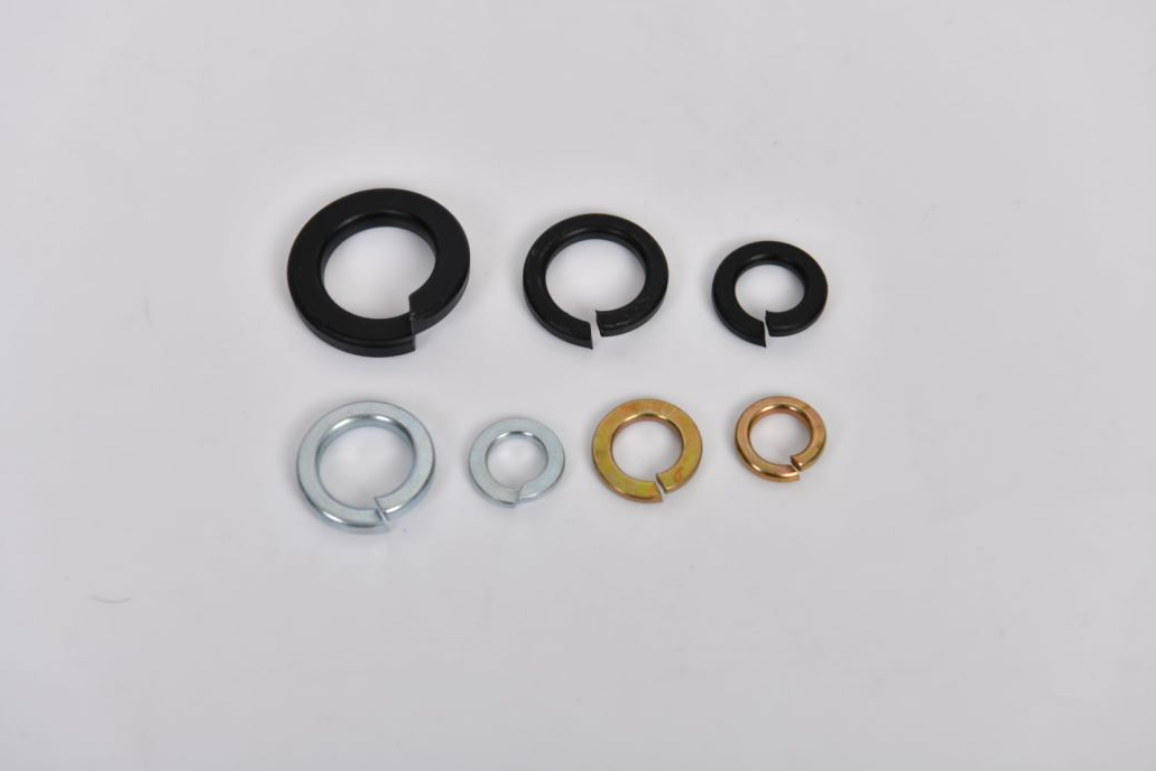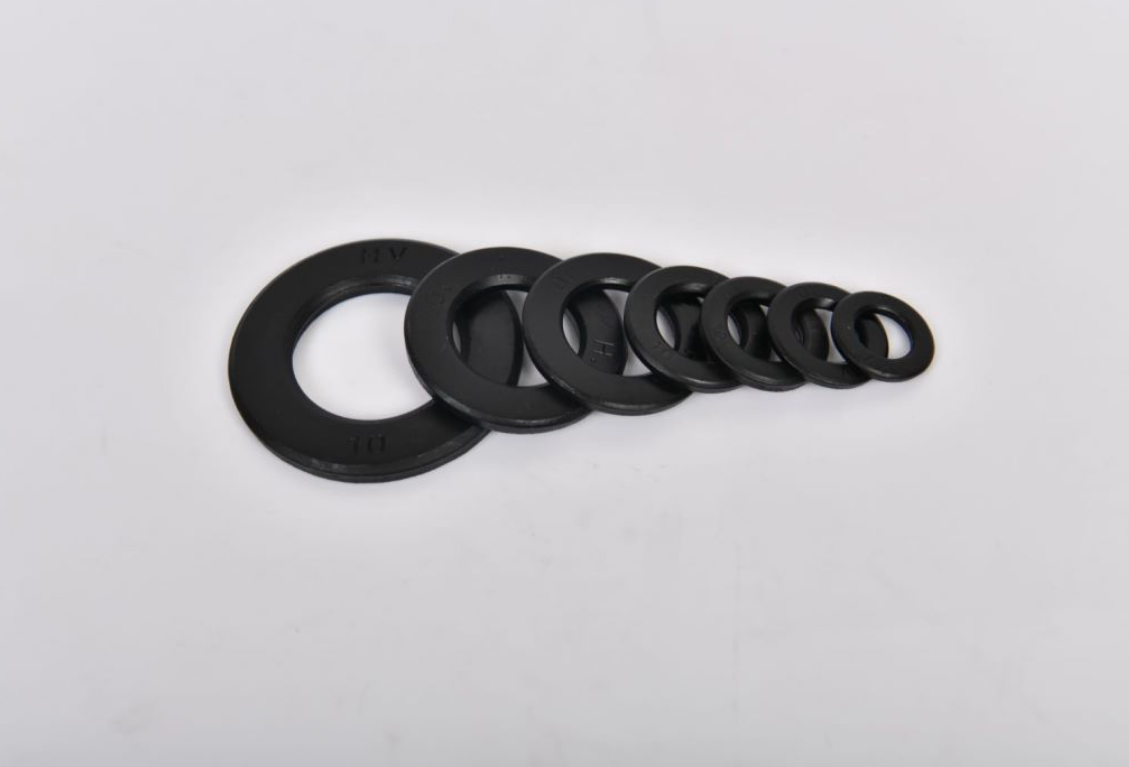high quality drywall screw removal
The Art of High-Quality Drywall Screw Removal
When it comes to home renovations or repairs, drywall installation is a common task that almost every DIY enthusiast will encounter. One of the most pivotal aspects of this process is securing the drywall with screws. However, there may come a time when you need to remove these screws, whether due to relocation, replacement, or repair. High-quality drywall screw removal is not just about taking them out; it's about doing it effectively to avoid damaging the drywall and ensuring a smooth surface for future projects.
The Importance of Using Quality Tools
To achieve optimal results when removing drywall screws, it is crucial to use high-quality tools. A good screwdriver or drill is essential. Opting for a power drill fitted with an appropriate bit can make the job faster and easier. However, ensure that the drill is set to a low speed to avoid stripping the screw head. For manual removal, a high-quality Phillips screwdriver offers precision and control, making it easier to grip the screw head and avoid slipping.
Preparation is Key
Before you start removing screws, ensure that your workspace is adequately prepared. Clear the area of any debris and gather your tools, including a screwdriver, a drill, pliers, and a magnetic tray to catch screws. If you're working on a ceiling or an overhead section, consider using a step ladder for safety. Additionally, if the drywall has been painted, you might want to score the paint around the screw head with a utility knife to prevent the paint from tearing.
The Removal Process
1. Assess the Screw Type Determine whether the screws are standard drywall screws or something specialized. Standard screws can typically be removed using a Phillips head screwdriver, while specialized screws may require specific bits.
high quality drywall screw removal
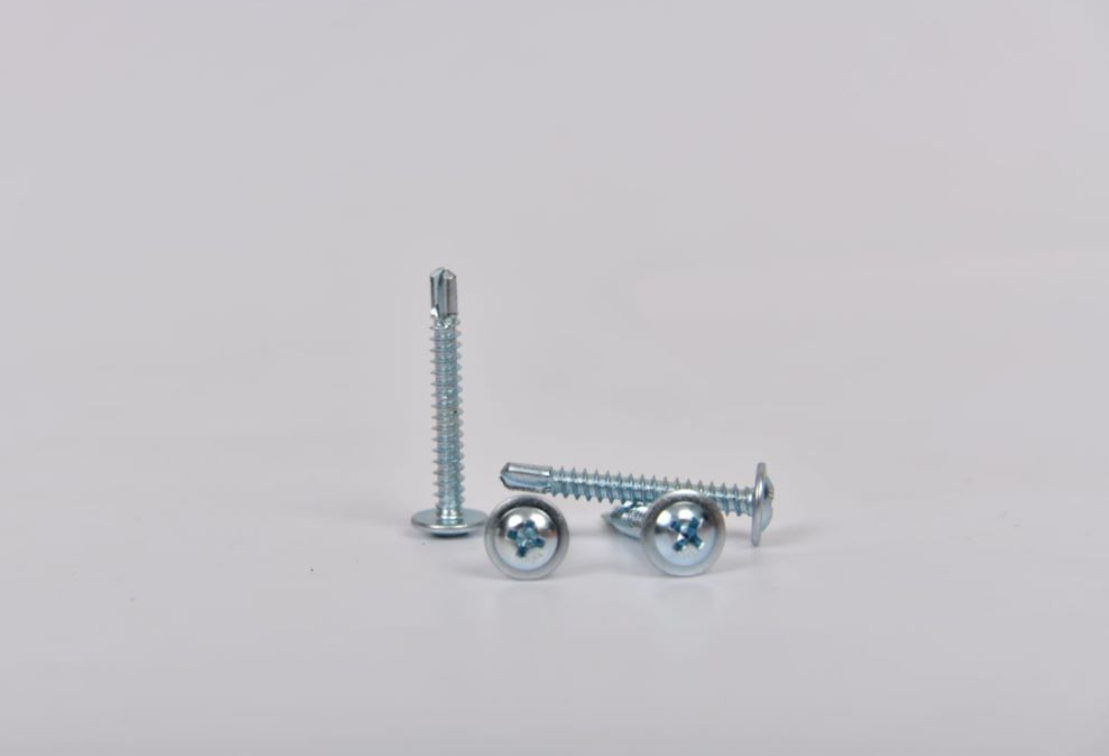
2. Power or Manual Depending on your comfort level, choose either a power drill or a manual screwdriver. If you're using a drill, ensure to select a bit that fits snugly in the screw head to prevent stripping.
3. Counter-Clockwise Motion Engage the screw by turning it counter-clockwise. If it resists, do not force it, as you might damage the drywall. Instead, apply a little more pressure and try again.
4. Use Pliers for Stubborn Screws If a screw is particularly stubborn, you can use pliers to grip the screw head firmly and twist it out. This method often provides better control and leverage, especially for screws that have been embedded deeply.
5. Check for Damage After removing the screws, inspect the area for any damage to the drywall. Minor holes or dents can often be repaired using joint compound and a putty knife.
Final Touches
Once you have successfully removed the screws, clean the area and prepare it for any potential repairs or reinstallation of new drywall. Keeping the screw holes smooth will ensure that any new paint or finishing touches look seamless.
In conclusion, high-quality drywall screw removal is an essential skill for any home improvement project. By using the right tools, preparing adequately, and applying the proper techniques, you can ensure efficient removal while maintaining the integrity of your drywall. Whether you're a seasoned DIYer or a novice, mastering this skill will undoubtedly enhance the quality of your work.
-
Top Choices for Plasterboard FixingNewsDec.26,2024
-
The Versatility of Specialty WashersNewsDec.26,2024
-
Secure Your ProjectsNewsDec.26,2024
-
Essential Screws for Chipboard Flooring ProjectsNewsDec.26,2024
-
Choosing the Right Drywall ScrewsNewsDec.26,2024
-
Black Phosphate Screws for Superior PerformanceNewsDec.26,2024
-
The Versatile Choice of Nylon Flat Washers for Your NeedsNewsDec.18,2024



